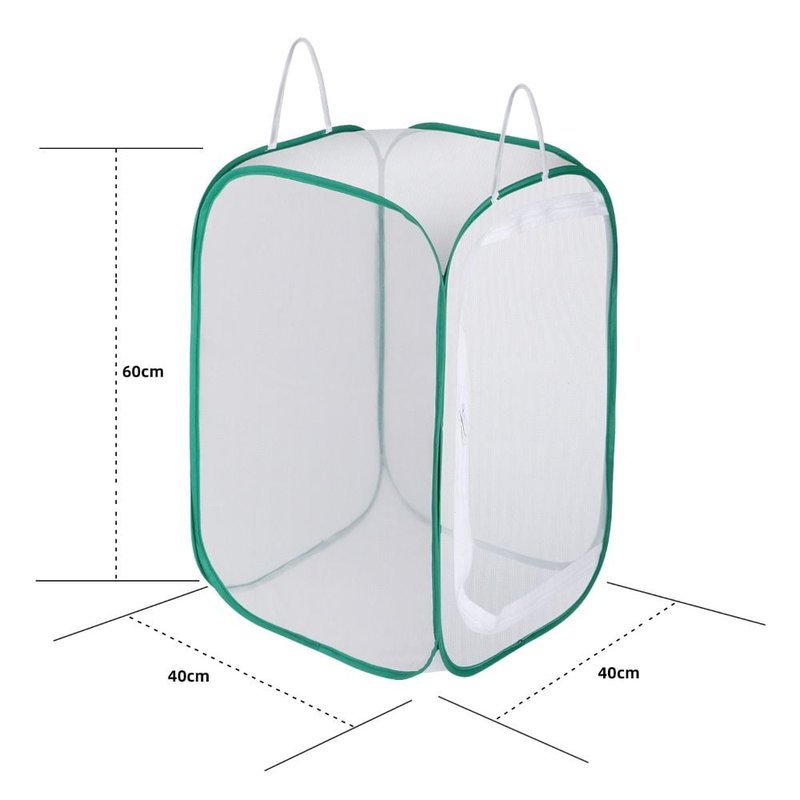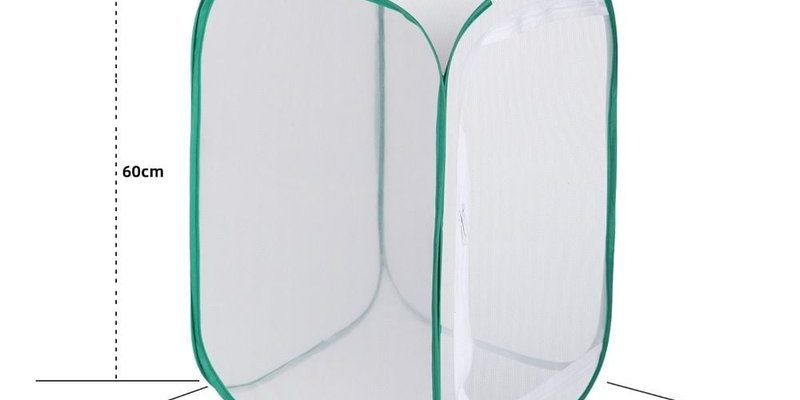
As a beginner, you might be wondering where to start. The good news is you don’t need to be an expert to set up a suitable habitat. Whether you’re looking for simple DIY solutions or ready-made enclosures, there are plenty of options that can keep your silkworms happy. In this article, we’ll explore various types of enclosures, their features, and how to choose the right one for your needs.
Understanding Silkworms’ Needs
Silkworms, or *Bombyx mori*, have specific requirements that you need to consider when setting up their enclosure. First and foremost, they thrive in a warm environment, generally around 70°F to 85°F (21°C to 29°C). Keeping the temperature stable is key to ensuring the silk production process runs smoothly. Think of it like making a perfect cup of tea—too hot and it’ll ruin the flavor; too cold and it won’t steep properly.
Another important factor is humidity. Silkworms prefer a moisture level that simulates their natural habitat. A humidity level around 60-70% is ideal. If you live in a dry area, you might need to mist the enclosure regularly. However, too much humidity can lead to mold growth, which is harmful to your little critters. Regularly checking moisture levels is essential for creating a silkworm-friendly environment.
Lastly, don’t forget about ventilation! Good airflow helps prevent the buildup of harmful gases and ensures that your silkworms have access to fresh air. In short, think of their habitat as a finely-tuned ecosystem; every element plays a role in their health and productivity.
Types of Enclosures for Silkworms
There are several types of enclosures you can use for raising silkworms, ranging from simple DIY solutions to commercially available options. Here are some popular choices:
- Plastic Containers: These are often the go-to choice for many hobbyists. They’re affordable, easy to clean, and can be stacked to save space.
- Glass Terrariums: If you want a more decorative option, consider a glass terrarium. They provide great visibility and can maintain humidity well. Just be cautious about overheating.
- Wire Cages: For larger setups, wire cages can offer ample ventilation and easy access. However, you’ll need to ensure they retain moisture adequately.
Each type has its pros and cons. Plastic containers are cost-effective and lightweight, while glass terrariums look nice and provide better humidity control. Wire cages are great for larger groups of silkworms but require more maintenance. No matter which option you choose, the goal is the same: create a cozy home that satisfies all their needs.
Building Your Own Silkworm Enclosure
If you’re feeling crafty, building your own silkworm enclosure can be a rewarding experience! Honestly, it’s not as complicated as it sounds. Here’s a simple step-by-step process to get you started:
1. **Choose Your Base:** Start with a plastic tub or a large glass container. The size will depend on how many silkworms you plan to raise.
2. **Create Ventilation Holes:** Use a drill or a sharp tool to make small holes in the lid or sides. This allows for airflow, making sure your silkworms get the fresh air they need.
3. **Add a Substrate:** Line the bottom of your container with paper towels or newspaper. This will absorb excess moisture and make cleanup easier.
4. **Include a Food Source:** Silkworms primarily eat mulberry leaves. You can place branches of fresh leaves directly in the enclosure or use a shallow dish to hold them.
5. **Monitor Conditions:** Place a thermometer and hygrometer inside to keep track of temperature and humidity. Adjust as needed to maintain a stable environment.
Building your own enclosure not only saves money but also gives you creative control over their environment. It’s much like cooking a favorite recipe; you can tweak it to fit your taste!
Ready-Made Enclosures: What to Look For
If DIY isn’t your style, there are ready-made enclosures available that cater specifically to silkworms. When shopping around, keep an eye out for a few key features:
– **Size:** Ensure the enclosure is spacious enough for your silkworms to grow. A good rule of thumb is to provide at least 1 square foot for every 10 silkworms.
– **Material:** Look for materials that are easy to clean and durable. Plastic or glass with good ventilation can be ideal choices.
– **Accessibility:** Choose an enclosure with easy access points. You’ll need to check in on your silkworms regularly, so a lid or door that opens easily is a must.
– **Ventilation:** As mentioned, proper airflow is critical. Make sure the enclosure has ventilation holes or a mesh screen.
A well-chosen ready-made enclosure can save you time and effort while still providing a suitable home for your silkworms. Plus, they often come with built-in features to maintain humidity and temperature, making your job easier.
Common Problems and Troubleshooting
Even with the best intentions, you might run into a few hiccups while raising silkworms. Here are some common problems and how to troubleshoot them:
– **Excessive Humidity:** If you notice any signs of mold or a wet substrate, it could be a sign that humidity levels are too high. Remove any uneaten food, and if necessary, reduce misting or increase ventilation.
– **Low Temperature:** If your silkworms seem less active, it may be too cold. Consider using a heat lamp or placing the enclosure in a warmer area of your home.
– **Pests:** Unfortunately, other insects may find their way into your silkworm enclosure. Regularly check for any intruders and remove them immediately. Keeping the area clean can help prevent this issue.
Being aware of these potential challenges means you can tackle them before they become bigger problems. Honestly, it’s all part of the learning process in your silkworm journey!
Maintaining a Silkworm-Friendly Environment
Creating a silkworm-friendly enclosure is just the beginning. Regular maintenance is key to keeping your silkworms healthy and thriving. Here are some tips to make upkeep easier:
– **Daily Checks:** Spend a few minutes each day checking on your silkworms. Look for signs of growth and ensure they have fresh food.
– **Clean Regularly:** Replace the substrate as needed and remove any leftover food to keep the enclosure hygienic. Cleaning regularly helps prevent mold and disease.
– **Adjust Conditions:** Be flexible with temperature and humidity as seasons change. You might need to adjust heat sources or misting frequency based on your home’s conditions.
– **Observe Behavior:** Pay attention to how your silkworms are behaving. If they’re less active or not eating, it could be a signal that something’s off in their environment.
Keeping up with maintenance not only ensures a healthy habitat for your silkworms but also enhances your learning experience. It’s like tending to a garden; the more love and care you put in, the more you’ll get out of it.
Setting up a silkworm-friendly enclosure is a fun and rewarding project, whether it’s for a school project or a personal hobby. By understanding what silkworms need, choosing the right type of enclosure, and committing to regular maintenance, you’re setting yourself up for success.
Remember, there’s no perfect formula, and every silkworm journey might look a little different. Embrace the process, don’t shy away from mistakes, and enjoy watching these little creatures transform into silk-producing marvels. So grab your materials, get started, and dive into the wonderful world of silkworms!

